Employee engagement is the heartbeat of any successful organization. It's the pulse that drives productivity, fosters innovation, and cultivates a positive work culture. Understanding the engagement levels of your employees is crucial for nurturing a thriving workplace environment. While various methods exist to measure engagement, one effective approach is simply through dialogue. By asking the right questions, employers can gain valuable insights into what motivates their team members and how to enhance their satisfaction and commitment. Here are three essential questions to ask employees to gauge their engagement levels:
What are your values?
Understanding an employee's values provides profound insights into their motivations and aspirations. When employees personal values align with those of the organization, they are more likely to feel fulfilled and engaged in their work. By asking this question, employers and employees can assess whether there is alignment between the company's values and the individual's, fostering a sense of belonging and purpose.
Responses to this question can vary widely, from a focus on personal growth and development to a desire for social impact or fulfillment in the mission. By recognizing and respecting these values, employers can tailor their approach to employee engagement, offering opportunities that resonate with their team members on a deeper level.
What do you hope to get from this job?
This question delves into the employee's expectations and goals, providing valuable insights into their level of satisfaction and engagement. By understanding what employees hope to gain from their roles, employers can identify areas for improvement and opportunities for growth.
Responses may include a desire for career advancement in a certain area of the organization, skill development, meaningful work, or a supportive work environment. By actively listening to employees' aspirations, employers can tailor development plans, provide relevant training opportunities, and create a conducive work environment that fosters growth and fulfillment.
Why did you choose this team?
Asking employees why they chose to work within a specific team sheds light on their perceptions of team dynamics, leadership, and organizational culture. It also reveals what aspects of the team resonate with them and contribute to their engagement.
Responses may highlight factors such as collaborative work culture, strong leadership, shared values, or opportunities for mentorship and learning. By understanding why employees are drawn to a particular team, employers can leverage these strengths to enhance engagement across the organization.
Asking the right questions is instrumental in understanding employee engagement levels and fostering a thriving workplace environment. By delving into employees' values, expectations, and team preferences, employers can gain valuable insights into their motivations and aspirations, enabling them to tailor engagement strategies that promote satisfaction, productivity, and retention. Ultimately, prioritizing employee engagement is not only essential for individual well-being but also for the long-term success and sustainability of the organization.
Have a great week!
“Businesses wonder why it is still hard to be thought of as the brand of choice with the best customers and top employees. How can our business make more profitable transactions and stay out of the commodity battle with low profits? How can we land and keep top talent in our organization with the salary wars. Kevin teaches your sales and leadership teams how to build the key ingredient to be successful with their relationships and take your goals to the next level with high levels of engagement.
Kevin’s website: www.kevinsidebottom.com
Kevin’s email: kevin@kevinsidebottom.com





















